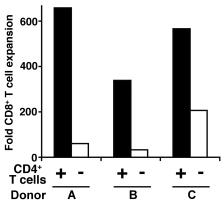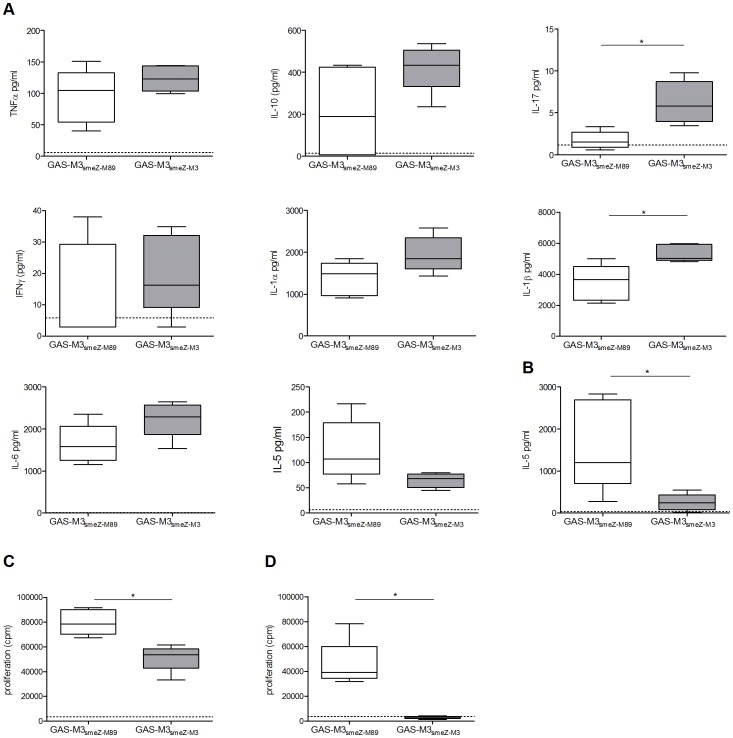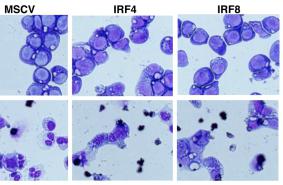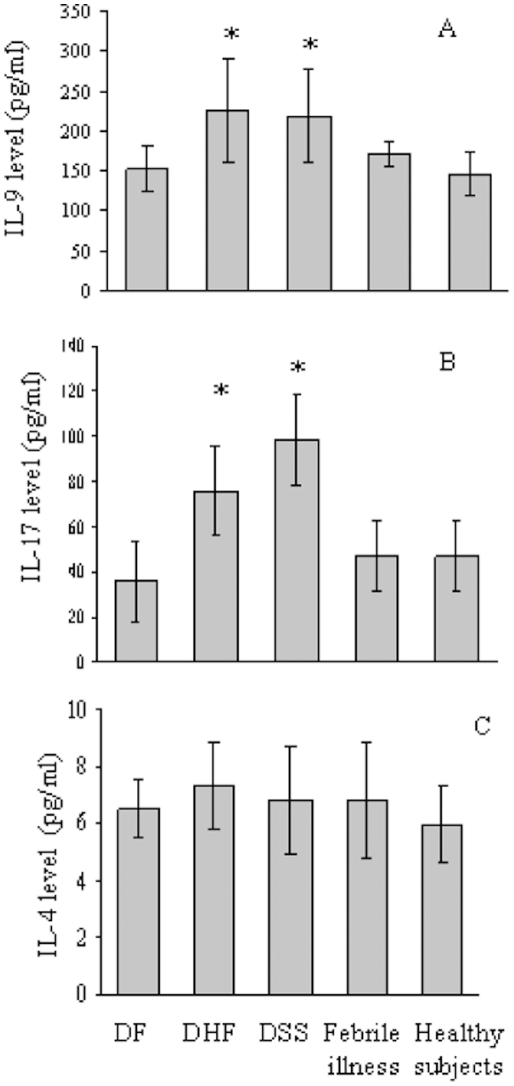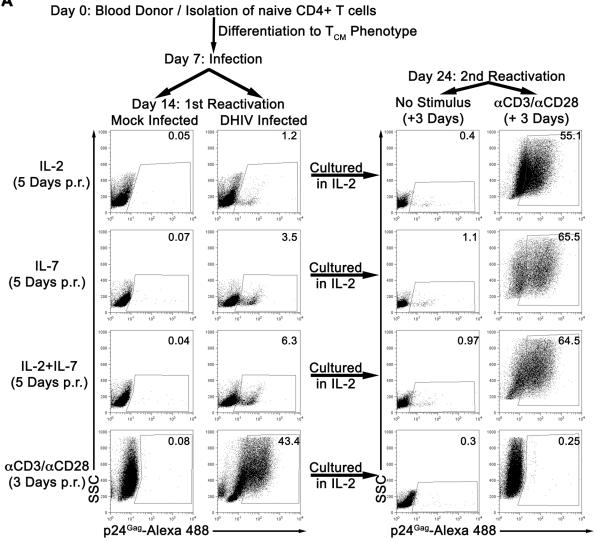Rat Interleukin-3 Recombinant
Categories: HematopoietinsIL-3 familyRecombinant Rat Cytokines$70.00 – $160.00
Description
Accession
P04823
Source
Optimized DNA sequence encoding rat Interleukin-3 mature chain was expressed in Escherichia Coli.
Molecular weight
Native rat Interleukin-3 is generated by the proteolytic removal of the signal peptide and propeptide, the molecule has a calculated molecular mass of approximately 16kDa. Recombinant rat Interleukin-3 is a monomer protein consisting of 144 amino acid residue subunits, and migrates as an approximately 16kDa protein under non-reducing and reducing conditions in SDS-PAGE.
Purity
>95%, as determined by SDS-PAGE and HPLC
Biological Activity
The ED(50) was determined by the dose-dependent stimulation of the proliferation of monkeyMBr-5 cells was found to be in the range of.0-40.0 ng/ml.
Protein Sequence
MVLASSTTSI LCMLLPLLML FHQGLQISDR GSDAHHLLRT LDCRTIALEI LVKLPVSGLN NSDDKANLRN STLRRVNLDE FLKSQEEFDS QDTTDIKSKL QKLKCCIPAA ASDSVLPGVY NKDLDDFKKK LRFYVIHLKD LQPVSVSRPP QPTSSSDNFR PMTVEC
Endotoxin
Endotoxin content was assayed using a LAL gel clot method. Endotoxin level was found to be less than 0.1 ng/µg(1EU/µg).
Presentation
Recombinant rat Interleukin-3 was lyophilized from a 0.2 μm filtered PBS solution.
Reconstitution
A quick spin of the vial followed by reconstitution in distilled water to a concentration not less than 0.1 mg/mL. This solution can then be diluted into other buffers.
Storage
The lyophilized protein is stable for at least years from date of receipt at -20° C. Upon reconstitution, this cytokine can be stored in working aliquots at2° -8° C for one month, or at -20° C for six months, with a carrier protein without detectable loss of activity. Avoid repeated freeze/thaw cycles.
Usage
This cytokine product is for research purposes only.It may not be used for therapeutics or diagnostic purposes.
Molecular function
Molecular function
Methods
6-OHDA treatment and cytokine injection
- Animals were kept under pentobarbital sodium anesthesia (50 mg/kg) and placed in a stereotactic instrument .
- 6-OHDA was dissolved in saline containing ascorbic acid (10 μg/μL dissolved in 1% ascorbate-saline), kept on ice (4°C) and protected from light to minimize oxidation, until use.
- The rats were then given uni- or bilateral injections of 6-OHDA.
- Unilateral injection was employed for immunohistochemical analyses, and bilateral injection was used for all other studies.
- For unilateral injection, 5 μL of 6-OHDA was drawn into a Hamilton syringe and then injected into the right side of the striatum, through a hole made on the skull at 1 mm anterior to bregma and 3 mm lateral from the midline.
- The depth of the needle tip was 5 mm from the skull surface.
- The same amount of 6-OHDA was injected into the left side of the striatum for bilateral injection.
- The rate of fluid injection was 1 μL/min.
- The needle was left…
DC Preparation and in vitro Challenge
- Enriched DCs were prepared by depleting T and B cells from total splenocytes using purified rat anti-mouse CD3 and anti-mouse CD19 mAbs, then anti-rat IgG magnetic beads , followed by further enrichment using CD11c+ magnetic beads (CD11c+ isolation kit ).
- The enriched CD11c+ DCs were seeded in a 96-well round-bottom tissue culture plate (5×105 cells/well) in RPMI-1640 supplemented with 10% FCS, L-glutamine, Na pyruvate, Hepes, non-essential amino acids and 10−5 M β-ME with GM-CSF (10 ng/ml, ) and challenged with the TLR9 agonist, unmethylated CpG ODN 1668 (CpG; 6 µg/ml).
- The effect of injury on maturation of cDCs was examined at 24 h post-TLR9 activation and pDCs at 40 h post-activation.
- After activation, cells were washed and stained with APC-conjugated anti-mouse CD11c, PE Texas Red-conjugated anti-mouse B220, FITC-conjugated anti-mouse PDCA, PE-conjugated anti-mouse CD80, or CD86 and biotin-conjugated MHC Class-II with…



